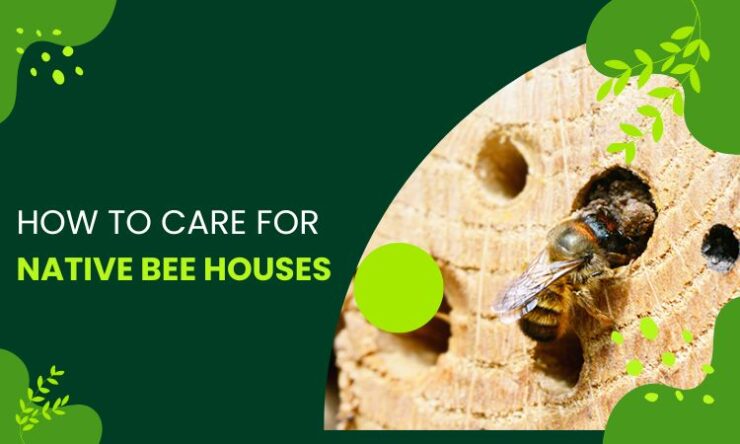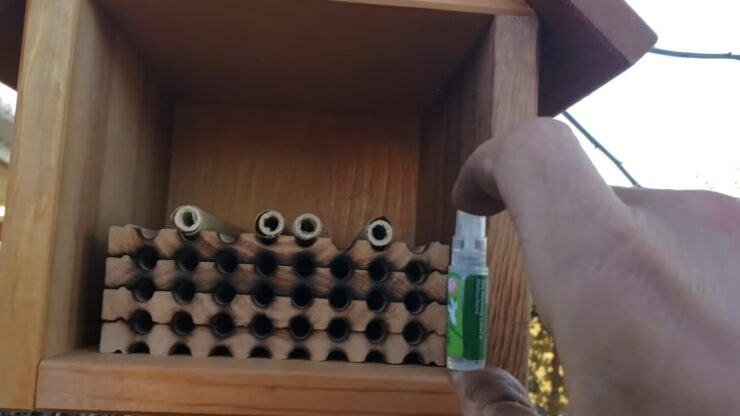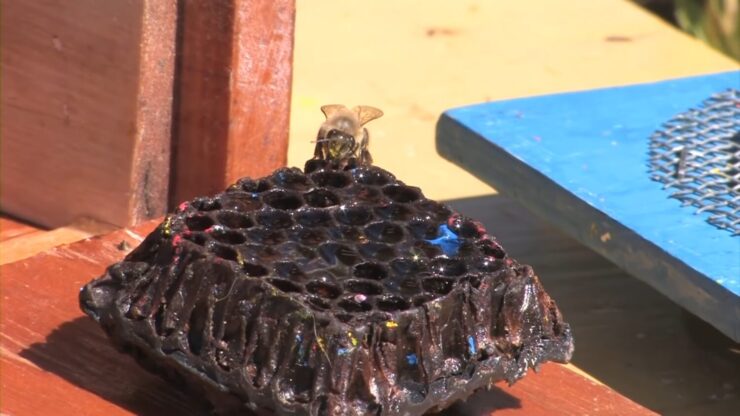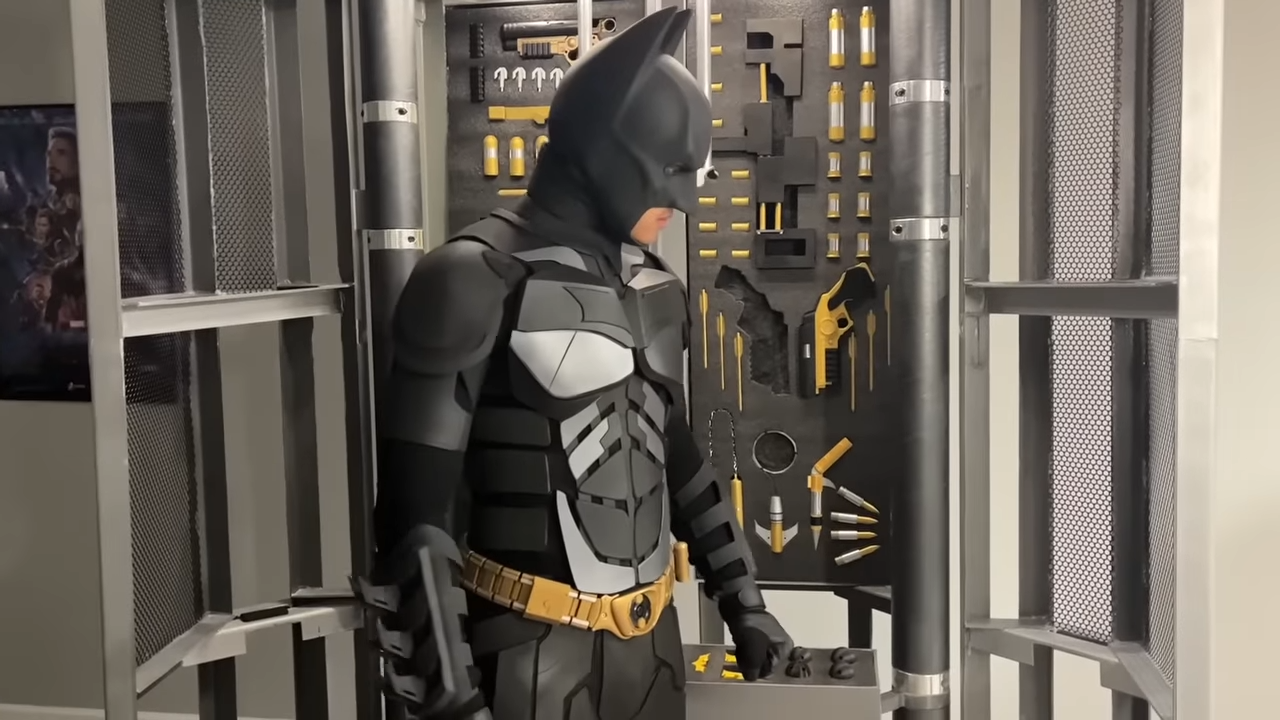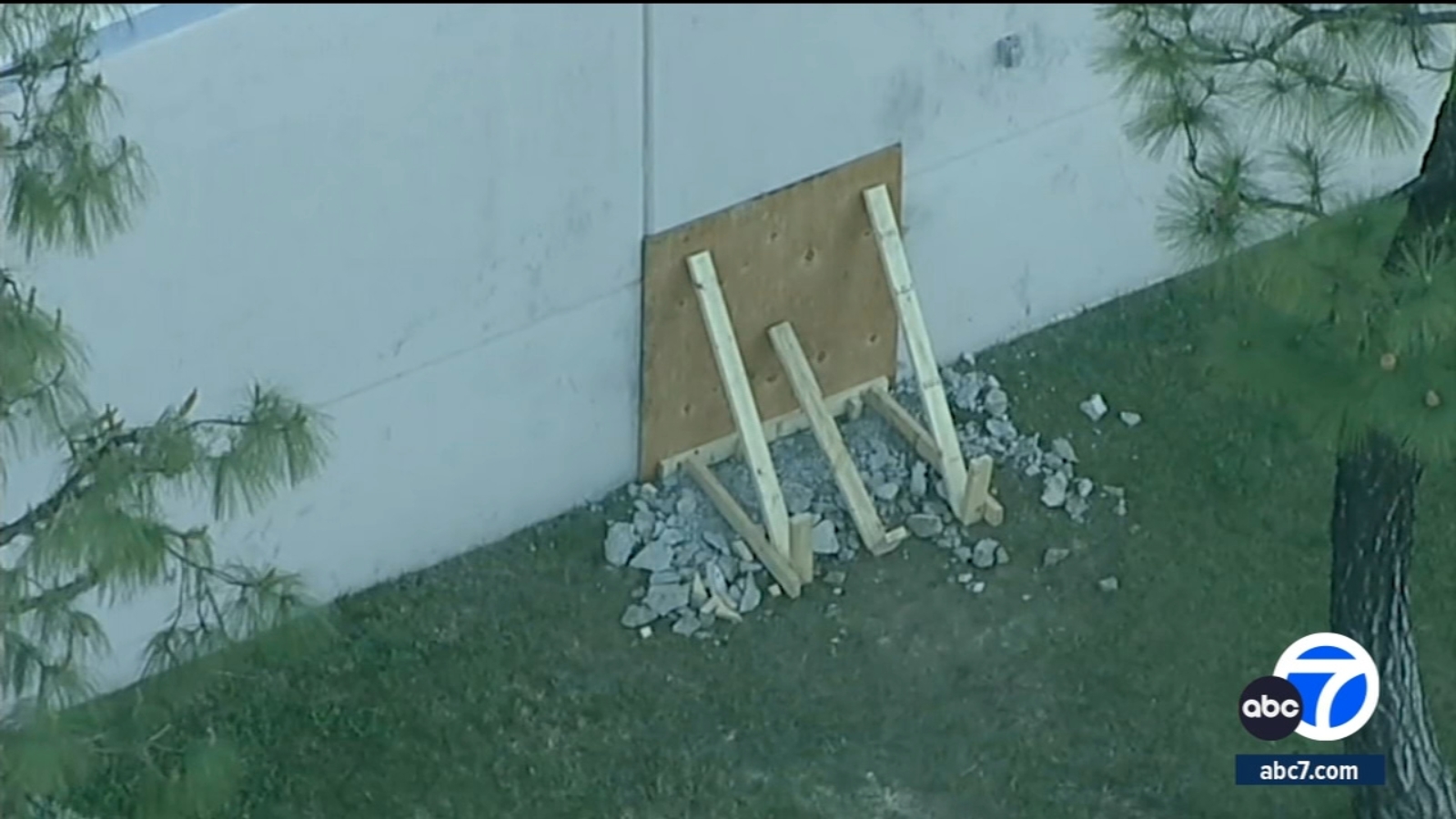It’s not news to anyone that honeybee populations are declining due to disease, pests, loss of habitat, pesticides and other issues.
But most of us have a lot to learn about native bees, which I’ve seen many more of in my garden this year.
North America is home to about 4,000 native bee species, many with names that reflect their nest-building styles and/or habits such as leafcutter bees, mason bees, cuckoo bees, bumblebees and carpenter bees.
Often so small as to go unnoticed, native bees of various sizes and colors are out there busily foraging and pollinating plants. But unlike honeybees, most native bees are more solitary than social.
They don’t live in hives or work together as a group. Instead, they create nests of their own in all kinds of oddball places: mud holes, abandoned burrows, fallen trees and tunnel-like spaces such as hollow plant stems and holes made by woodpeckers and bugs.
Sure, you might see a bunch of native bees nesting in the same small area, but they’re still going to keep mostly to themselves even though they’re neighbors.
That I’ll-do-my-thing-you-do-yours style of communal living has inspired the creation of all sorts of native bee boxes; the cuter ones are dubbed houses or hotels.
In an effort to help native bees, well-meaning people, including me, have gone out and bought (or built) a bee house of one kind or another.
Once I nailed the house up, I did some research to better understand how to care for it and found out that having a nesting spot for native bees can be a great thing if you manage it properly.
But things can go terribly wrong if you don’t. Just like human dwellings, unkempt bee houses can be gross places that play host to viruses, pests, fungi, bacteria and other harmful things.
If you want to help keep the bees you’ve invited safe and healthy, here’s what you need to know.
Bee dwellings are designed to replicate the different sorts of nesting sites many native bees like, so they’re usually some kind of a wooden structure with a whole bunch of hollow tubes made of reeds, bamboo, heavy cardboard or other tunnel-like material in one area.
Other spaces are stocked with blocks with holes of various widths and depths drilled in them, and maybe even some pinecones. (Learn more about native bees and how to build your own bee house.)
Bees nest and lay eggs in different ways but, in general, they mate in the spring and summer and the females lay their eggs inside whatever cavity or tunnel they’ve made or found.
Often, the mom bee divides the nest into separate brood cells, starting at the back of the cavity or tunnel and moving outward, so that each egg is laid in its own separate space with just enough pollen to feed the emerging larva.
Sections are sealed with a bit of mud, leaves, flowers or whatever else she’s got on hand until, finally, she reaches the end of the tunnel and caps the end with more of the same.
I’ve watched bees doing this at our bee box all summer, and it’s been an amazing thing to see — all those tubes packed with different-colored material, bees-to-be tucked snugly inside.
As you can imagine, those tubes and holes are going to get pretty mucked up by summer’s end.
Here’s the problem: If you bought a cheap, but cute, little bee house like mine to see how this whole native bee thing works, those tubes and blocks are probably glued in so you can’t take them out to clean them.
It’s fine to reuse a house two years in a row, but after that, those bargain houses need to be thrown away since they can’t be cleaned.
My bee house was $14, so I’m fine with having made that initial investment in bee housing.
Now that I’ve seen how bees really use it, I plan to ask my handy husband, Mike, to help me build a nicer bee box that we can clean next year.
Whether you use an inexpensive, throwaway box, you buy a high-quality one or you make your own, there are a few things you can do as winter approaches to help protect the bees-to-be.
Sometime in October, take your bee house down and put it in an unheated shed or garage so that hungry birds and other critters won’t snack on what’s inside.
In early spring, when the first flowers arrive, put the bee box inside a cardboard or plastic container with a small hole cut in the top or side.
Find a spot outside that’s protected from rain and wind and allow the bees some time to emerge and fly out of the box through the hole.
It’s best to have a fresh bee house already waiting nearby for them to start using.
Once the bees are all gone, which might take a couple of months, depending on the type of bees that have nested, you can clean the box if it’s cleanable.
If you’d like to learn more about native bees, have a look at local author Heather Holm’s fantastic books “Bees: An Identification” and “Native Plant Forage Guide and Pollinators of Native Plants.”

